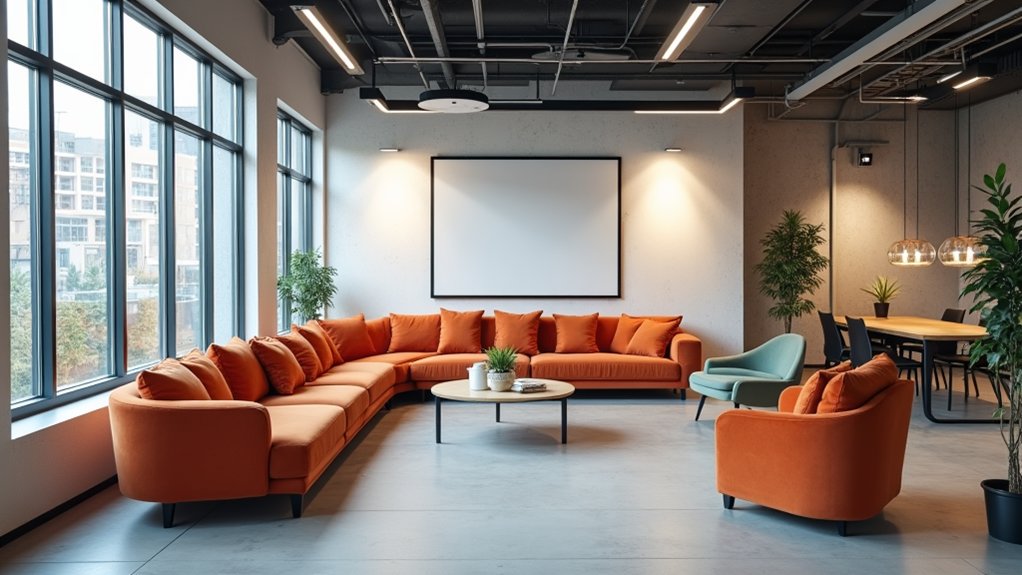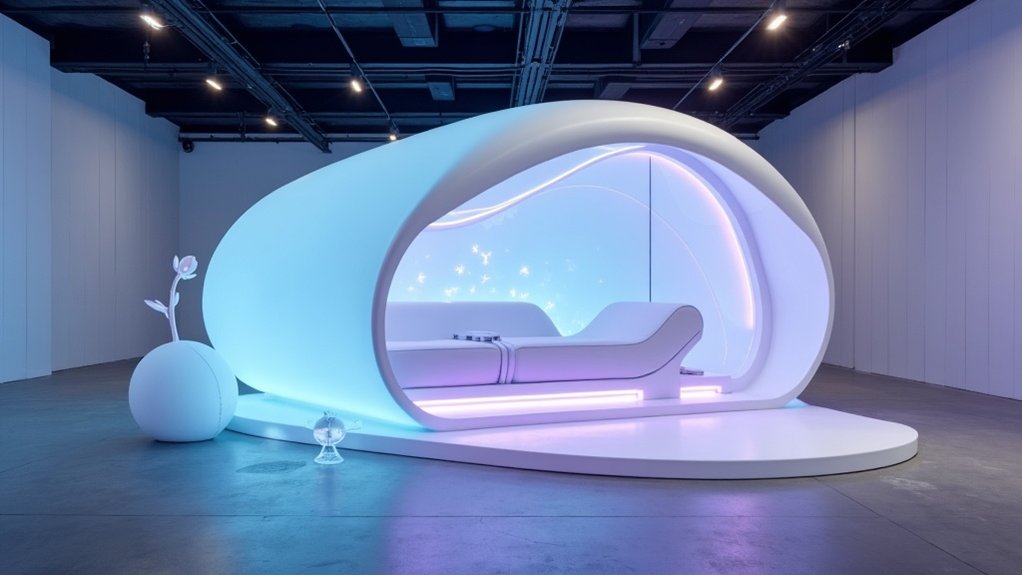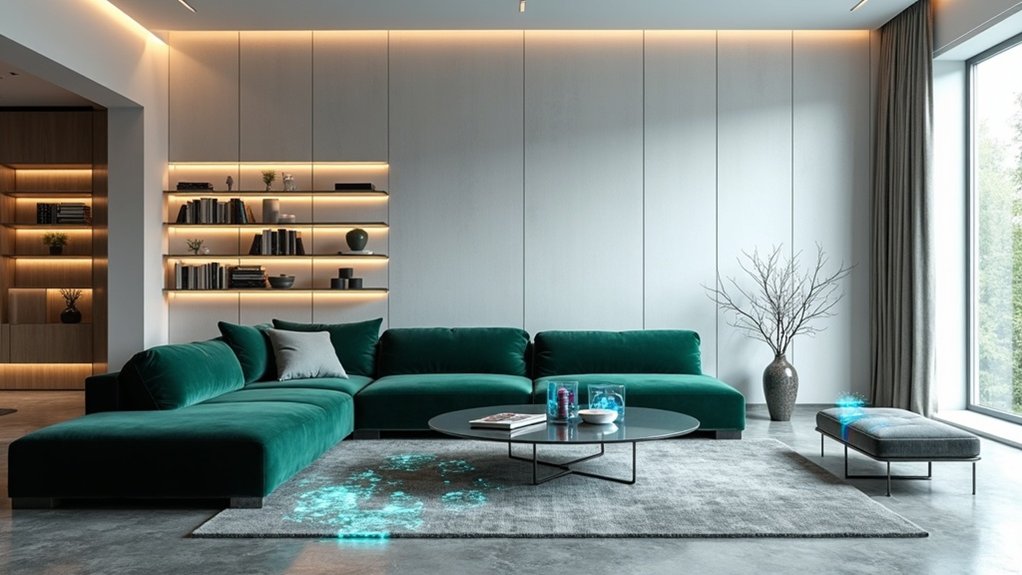As healthcare professionals and educators increasingly recognize the therapeutic value of controlled environments, sensory rooms have emerged as powerful tools for promoting mental and physical well-being across diverse populations. These specialized spaces combine carefully curated equipment and stimuli to create environments that support emotional regulation, cognitive development, and physical wellness. Research demonstrates that individuals experiencing sensory processing challenges, developmental disabilities, or anxiety consistently show marked improvements when given access to these therapeutic environments. Fiber optic sprays and interactive wall boards are among the essential equipment that make these environments effective for sensory engagement. Additionally, incorporating elements of biophilic design can enhance the calming effects of sensory rooms by connecting users to nature.
Sensory rooms offer transformative therapeutic environments, combining specialized equipment and stimuli to support wellness across diverse populations with unique needs.
The impact of sensory rooms extends beyond immediate stress reduction, fundamentally transforming how individuals interact with their environment and others. Dr. Sarah Chen, a leading occupational therapist, notes, "We've observed significant improvements in attention span and focus, particularly among children with ADHD and autism spectrum disorders." These controlled environments provide opportunities for users to develop essential coping mechanisms and self-regulation strategies that translate to real-world situations. Setting up a designated space at home can be an effective way to provide immediate access to sensory support.
The social benefits of sensory rooms have proven just as substantial, offering structured opportunities for interaction and communication development. Users engage in cooperative activities while maneuvering shared sensory experiences, nurturing natural social skill development in a low-pressure setting. This collaborative environment has shown particular promise in supporting individuals with communication challenges, enabling them to build confidence and social competence at their own pace.
Physical development and motor skill improvement represent another essential advantage of sensory room implementation. Through specialized equipment and targeted activities, users experience improvements in balance, coordination, and overall body awareness. The integration of various sensory stimuli supports the development of both fine and gross motor skills, particularly beneficial for individuals with physical disabilities or developmental delays. These physical benefits often translate directly to improved daily living skills and increased independence.
The extensive impact of sensory rooms on emotional well-being cannot be overstated. Regular access to these therapeutic spaces correlates with decreased anxiety, improved mood regulation, and better overall emotional stability. The use of natural materials within these environments can further enhance emotional well-being by providing a calming atmosphere.
Educational institutions and healthcare facilities implementing sensory rooms report reduced behavioral incidents and increased positive engagement among users, highlighting their vital role in modern therapeutic approaches.







